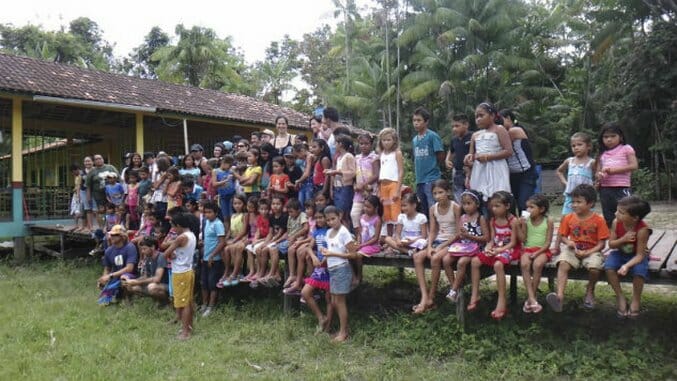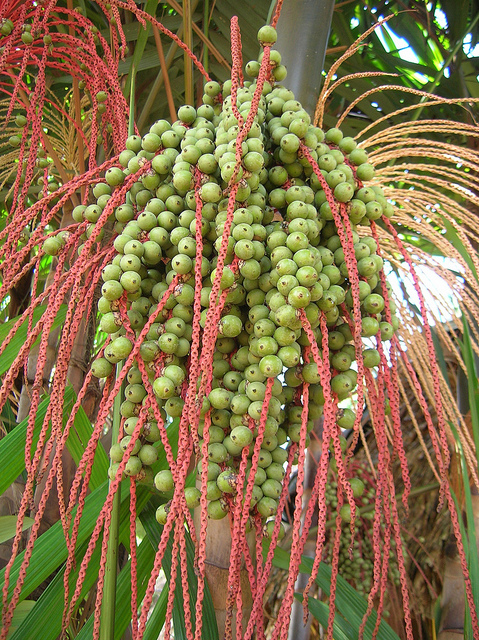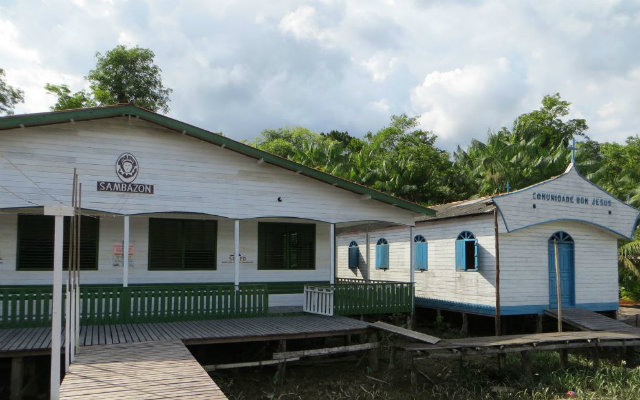Sambazon Açaí is Investing in a Sustainable Brazil

You may think you know açaí, that dark purplish berry that has found its way to your local smoothie shop. Everyone seems to be ordering up a daily açaí bowl with fruit, nuts and coconut. You probably know that it comes from Brazil and is full of antioxidants, though you’ve never seen the plant and you don’t know whether it’s a tree or a bush, or something else.
Sambazon, the most well-known and largest exporter of açaí, wants you to know not only where that berry comes from, but that it can be a tool for linking cultures. Sambazon is serious about investing in a sustainable Brazil, showing that edible industries can reach beyond mere food purveying. Owners Jeremy and Ryan Black, who first traveled to the country as surfers in 1999 and fell in love with the berry, are using their company’s resources and connections to build and refurbish several Brazilian schools.

Paste: Why did you pick the name Sambazon — was it just a portmanteau of samba and Amazon? You were surfers, but were you involved in samba dancing yourself when you visited Brazil?
Ryan Black: I wanted to say Brazil in the name, and came up with an acronym for Sambazon — Sustainable Management of the Brazilian Amazon. I only learned some samba after lots of practice many years later.
Paste: How would you describe açaí?
Jeremy Black: Complex, chocolatey, and jammy.
Paste: Is açaí at all endangered? How do you ensure sustainability while creating more jobs?
JB: Açaí is not endangered in any way; it actually grows wild all over the Amazon. Through the Sustainable Amazon Partnership (SAP), we have successfully helped manage 2.4 million acres of açaí in the Amazon rainforest, which continues to thrive today. With SAP, we have created a positive economic exchange for over 20,000 local farmers and their families, with biosocial indicators that continue to show that wild harvesting of açaí has a very positive contribution to social, environmental and economic conditions.

Paste: What makes Sambazon different from other açaí products?
-

-

-

-

-

-

-

-

-

-

-

-

-

-

-

-

-

-

-

-

-

-

-

-

-

-

-

-

-

-

-

-

-

-

-

-

-

-

-

-












































